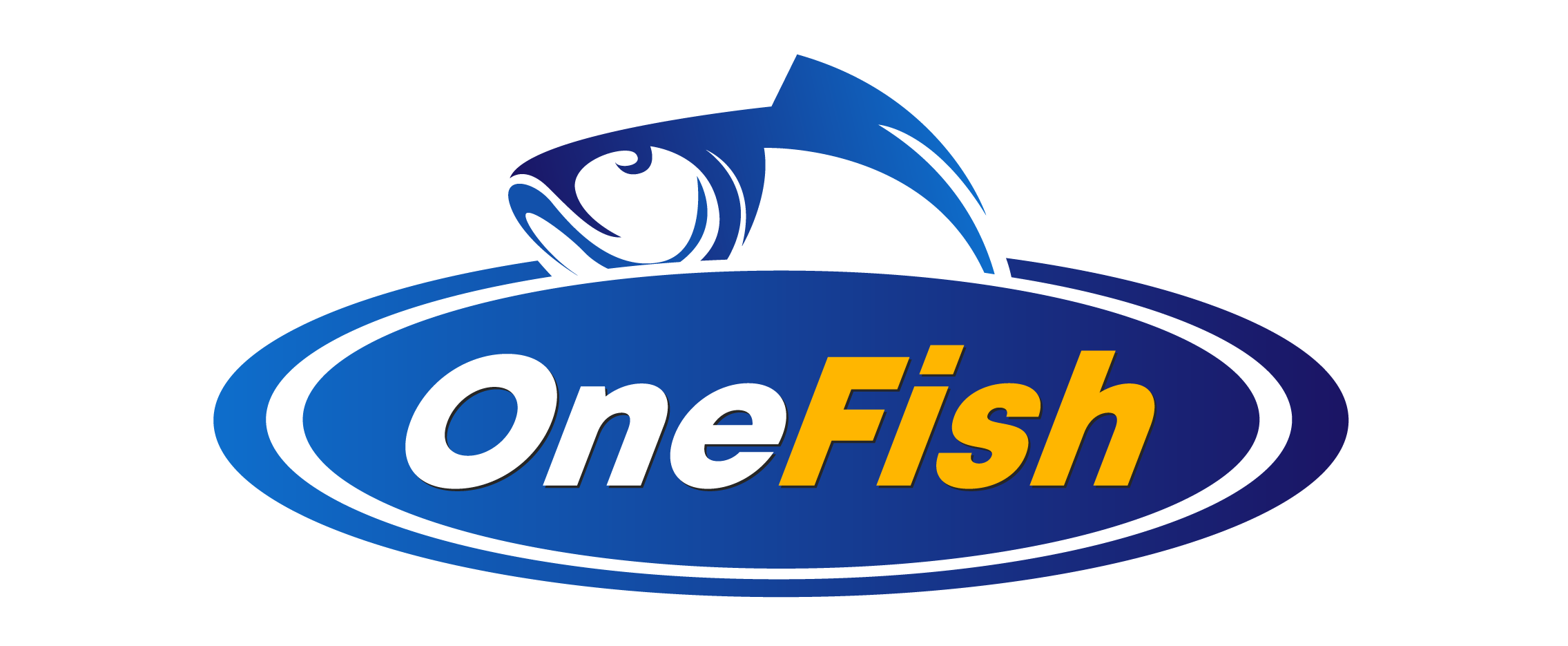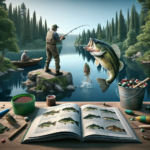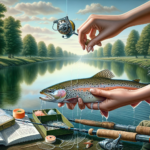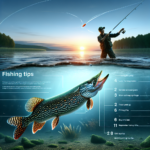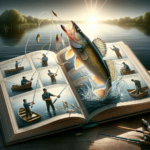Fishing Tips on How to Catch Yellow Perch
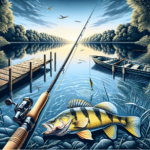
Introduction
Yellow perch (Perca flavescens) are a popular target for anglers due to their abundance, delicious taste, and the challenge they present. These fish are a staple in freshwater fishing and are known for their vibrant colors and schooling behavior. This article will provide a comprehensive guide on how to catch yellow perch, covering everything from their physical characteristics and habitats to the best fishing techniques, gear recommendations, and common mistakes to avoid.
Fish Species Overview
Description
Yellow perch are easily recognizable by their golden-yellow bodies adorned with six to eight dark vertical bars. They typically range in size from 6 to 12 inches, though larger specimens can reach up to 15 inches. Their fins are tinged with orange, and they have a slightly forked tail.
Habitat
Yellow perch thrive in freshwater environments such as lakes, ponds, and slow-moving rivers. They prefer clear waters with abundant vegetation, which provides both food and cover. These fish are commonly found in the northern United States and Canada, particularly in the Great Lakes region.
Behavior
Yellow perch are schooling fish, often found in large groups. They are most active during dawn and dusk, feeding on small fish, insects, and crustaceans. Spawning occurs in the spring when water temperatures reach around 45-52°F. During this time, they move to shallow waters to lay their eggs.
Challenges
Anglers often face challenges such as locating schools of yellow perch and dealing with their finicky feeding habits. Additionally, their small mouths require precise hook sizes and bait presentations.
Best Time to Catch Yellow Perch
Seasonal Considerations
The best time to catch yellow perch is during the spring and fall. In spring, they move to shallow waters for spawning, making them easier to locate. Fall is another prime time as they feed aggressively to prepare for winter.
Time of Day
Yellow perch are most active during the early morning and late afternoon. Fishing during these times increases your chances of success as they are more likely to be feeding.
Weather Conditions
Overcast days with calm waters are ideal for yellow perch fishing. These conditions make the fish less wary and more likely to bite. Avoid fishing during extreme weather conditions such as heavy rain or strong winds.
Top Fishing Techniques for Yellow Perch
Technique 1: Jigging
Jigging involves using a small jig tipped with live bait or soft plastics. This technique is effective because it mimics the movement of prey, enticing yellow perch to strike. Use a light jigging rod and reel for better sensitivity.
Technique 2: Slip Bobber Rig
The slip bobber rig allows you to present your bait at various depths. This is particularly useful when yellow perch are suspended in the water column. Use live bait such as minnows or worms for the best results.
Technique 3: Drop Shot Rig
The drop shot rig is an alternative technique that works well in deeper waters. It keeps the bait off the bottom, making it more visible to yellow perch. Use small hooks and light line to improve your chances of a bite.
Pro Tips
- Use light tackle to feel even the slightest bites.
- Experiment with different bait colors and sizes to see what works best.
- Keep your bait moving to attract attention.
Recommended Gear for Catching Yellow Perch
Fishing Rod and Reel
A light or ultralight spinning rod and reel combo is ideal for yellow perch fishing. Look for a rod that is 6-7 feet long with a fast action tip for better sensitivity.
Fishing Line
Use a 4-6 lb test monofilament or fluorocarbon line. These lines are less visible in the water and provide the sensitivity needed to detect bites.
Hooks and Baits
Small hooks in sizes 6-10 are perfect for yellow perch. Live baits such as minnows, worms, and insect larvae are highly effective. Artificial lures like small jigs, spinners, and soft plastics can also work well.
Additional Gear
- Bobbers: Slip bobbers are versatile and allow for adjustable depth settings.
- Sinkers: Use small split shot sinkers to keep your bait at the desired depth.
- Leaders: Fluorocarbon leaders can help reduce line visibility.
Best Locations to Find Yellow Perch
General Locations
Yellow perch are commonly found in freshwater lakes, ponds, and slow-moving rivers. They prefer areas with abundant vegetation and clear water.
Specific Regions
The Great Lakes region, including Lake Erie, Lake Michigan, and Lake Ontario, is renowned for its yellow perch populations. Other popular spots include the Finger Lakes in New York, Lake Champlain, and various lakes in Minnesota and Wisconsin.
Common Mistakes to Avoid
Mistake 1: Using Heavy Tackle
Heavy tackle can make it difficult to detect bites and may spook the fish. Use light or ultralight gear for better sensitivity and presentation.
Mistake 2: Fishing at the Wrong Depth
Yellow perch can be found at various depths depending on the season and time of day. Use a depth finder or experiment with different depths to locate the fish.
Mistake 3: Ignoring Weather Conditions
Weather conditions play a significant role in yellow perch activity. Avoid fishing during extreme weather and focus on overcast days with calm waters for the best results.
Catch and Release Tips
Importance of Conservation
Practicing catch and release helps maintain healthy fish populations and ensures future generations can enjoy fishing. Always handle fish with care and release them promptly.
Proper Handling Techniques
- Use wet hands or a wet cloth to handle the fish to avoid removing their protective slime coat.
- Support the fish’s body and avoid squeezing it.
- Remove the hook gently using a pair of pliers or a hook remover.
Legal Considerations
Be aware of local fishing regulations, including size limits, bag limits, and protected areas. Always follow these rules to ensure sustainable fishing practices.
Frequently Asked Questions (FAQs)
What is the best bait for catching yellow perch?
The most effective baits for yellow perch include live minnows, worms, and insect larvae. Artificial lures such as small jigs, spinners, and soft plastics can also be effective, especially when mimicking the movement of prey.
Where is the best place to fish for yellow perch?
Yellow perch are commonly found in freshwater lakes, ponds, and slow-moving rivers. Popular fishing spots include the Great Lakes region, the Finger Lakes in New York, and various lakes in Minnesota and Wisconsin.
What time of day is best for catching yellow perch?
The early morning and late afternoon are the best times to catch yellow perch, as they are most active during these periods. Fishing during these times increases your chances of success.
What type of fishing line should I use for yellow perch?
A 4-6 lb test monofilament or fluorocarbon line is recommended for yellow perch fishing. These lines are less visible in the water and provide the sensitivity needed to detect bites.
Do I need a special fishing license to catch yellow perch?
Fishing license requirements vary by location. Check with your local fishing authorities to determine if a special license is needed. Be aware of size limits, bag limits, and any special permits required.
What is the best technique for catching yellow perch?
Jigging, slip bobber rigs, and drop shot rigs are all effective techniques for catching yellow perch. These methods allow you to present your bait in a way that mimics the movement of prey, enticing the fish to bite.
Are there any specific weather conditions that improve the chances of catching yellow perch?
Overcast days with calm waters are ideal for yellow perch fishing. These conditions make the fish less wary and more likely to bite. Avoid fishing during extreme weather conditions such as heavy rain or strong winds.
Can I catch yellow perch from the shore, or do I need a boat?
Yellow perch can be effectively caught from both shore and boat. Shore fishing is often successful in areas with abundant vegetation and clear water. Boat fishing allows you to access deeper waters and cover more ground.
How can I improve my chances of landing a big yellow perch?
To catch larger yellow perch, use live bait such as minnows and fish in deeper waters. Focus on fishing during the early morning and late afternoon when they are most active. Use light tackle to feel even the slightest bites.
What should I do if I plan to release yellow perch after catching them?
Practice ethical catch and release by handling the fish with wet hands or a wet cloth, supporting their body, and removing the hook gently. Release the fish promptly to ensure their survival. Follow local regulations regarding size limits and protected areas.
Conclusion
Yellow perch fishing offers a rewarding experience for anglers of all skill levels. By understanding their behavior, using the right techniques, and following ethical fishing practices, you can increase your chances of success. Whether you’re fishing from shore or a boat, the tips provided in this article will help you catch more yellow perch and enjoy your time on the water. Happy fishing!
